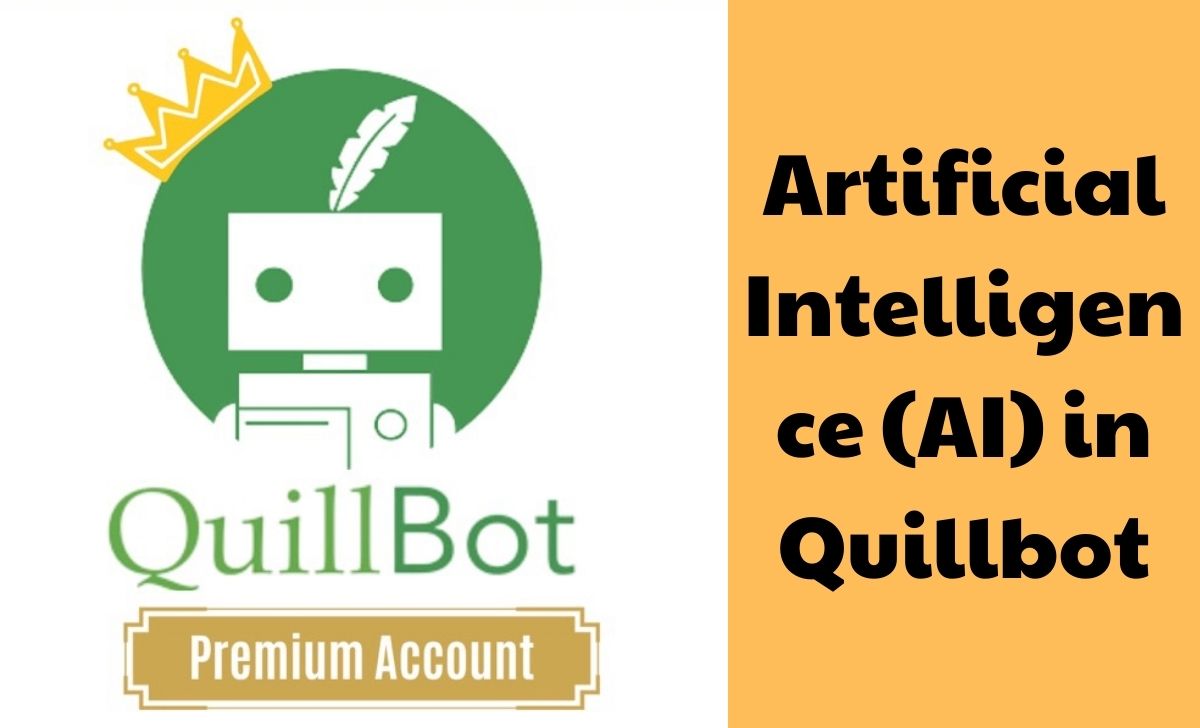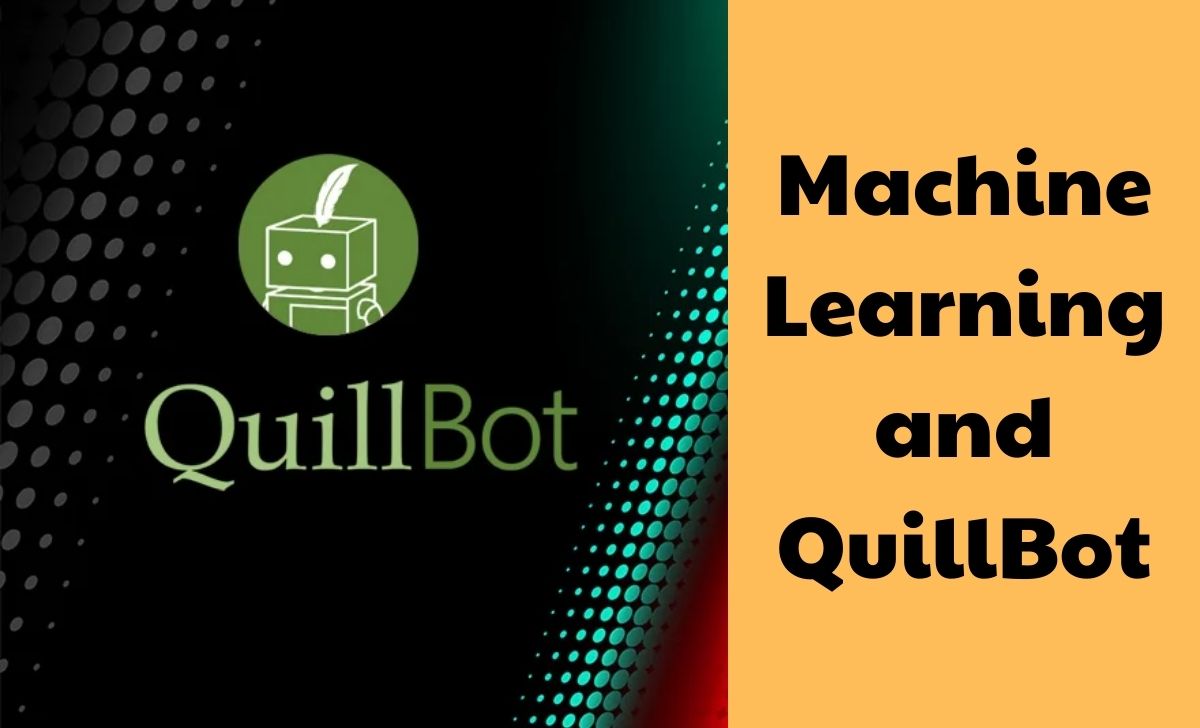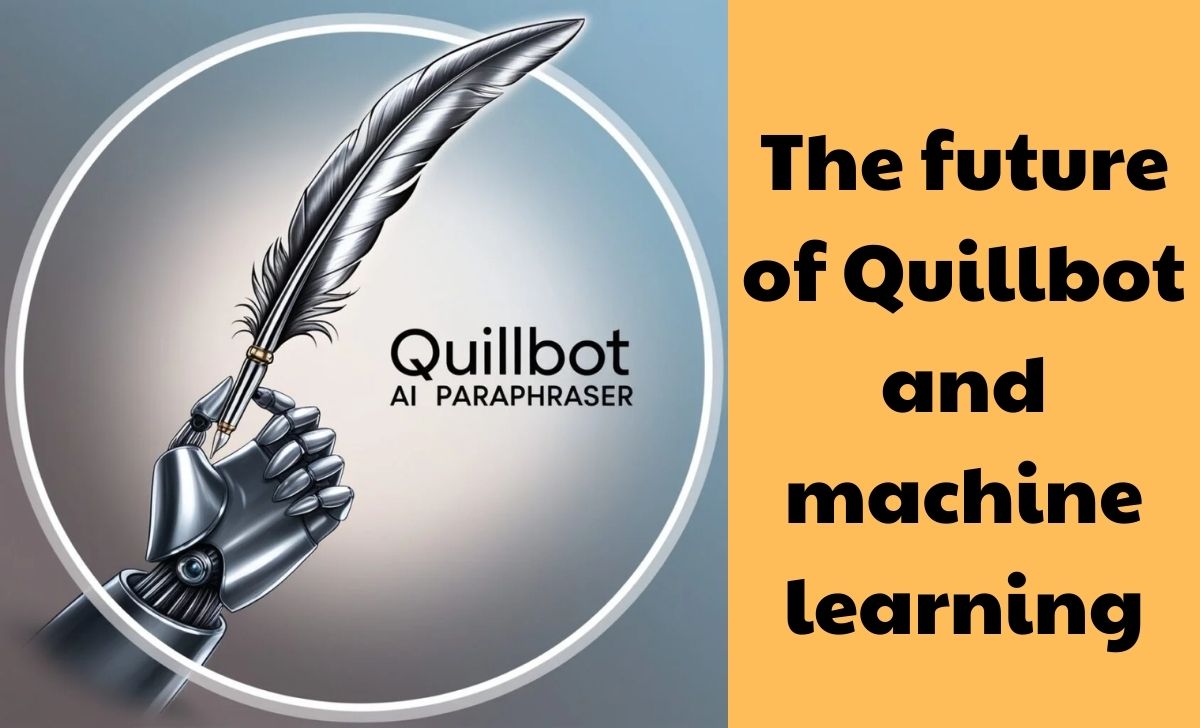Quillbot: How AI and Machine Learning Are Revolutionizing Writing
Quillbot, an intelligent writing assistant, is at the forefront of this revolution by leveraging AI and machine learning to improve content quality and efficiency.
This article will delve into Quillbot, its use of AI and machine learning, and its implications for the future of writing.
What is Quillbot?

Quillbot is an intelligent writing tool developed based on artificial intelligence, aiming to support users in the process of creating and editing content. This tool is not just regular paraphrasing software, but also a versatile writing assistant, capable of adapting to many different needs and writing styles.
History and development of Quillbot
Quillbot was born in 2017 by a group of researchers and software engineers at the University of Illinois. Initially, their goal was to create a tool that could help students improve their writing skills. However, over time, Quillbot has grown far beyond its original scope and has become a comprehensive tool for students, professional writers, and businesses.
The development of Quillbot is closely linked to advances in the fields of natural language processing (NLP) and deep learning. Each new version of Quillbot brings significant improvements in accuracy, speed, and contextual understanding. From a simple paraphrasing tool, Quillbot has evolved into a complex system that can analyze text, suggest improvements, and even generate original content based on user input.
Key Features of Quillbot
Quillbot offers a range of powerful features, each designed to address a specific aspect of the writing process:
- Paraphraser: This is Quillbot's core feature, allowing users to rephrase a piece of text without changing the original meaning. The tool uses AI to generate multiple versions of the same content, helping writers avoid plagiarism and improve diversity in expression.
- Grammar Checker: This feature uses advanced machine learning algorithms to detect and correct grammar, spelling, and punctuation errors. It not only points out errors but also explains the causes and suggests ways to fix them, helping users learn and improve their writing skills.
- Summarizer: This tool is capable of summarizing long paragraphs into key points, helping readers quickly grasp important content. This is a particularly useful feature for people who work with large amounts of information such as researchers, students, or journalists.
Artificial Intelligence (AI) in Quillbot

Artificial Intelligence (AI) plays a central role in Quillbot's operation, creating its unique power and adaptability. The application of AI not only helps Quillbot perform basic tasks such as paraphrasing or grammar checking, but also allows it to understand and generate language in a way that is close to humans.
Natural Language Processing (NLP) in Quillbot
Natural Language Processing (NLP) is the foundation of Quillbot, allowing it to understand and process human language effectively.NLP in Quillbot is applied through many different processing layers:
- Tokenization: Quillbot breaks down text into smaller units such as words, phrases or characters. This allows the system to analyze the structure of the text in detail.
- Part-of-speech tagging: The system identifies the grammatical role of each word in a sentence (e.g. noun, verb, adjective). This is important for understanding sentence structure and generating accurate paraphrases.
- Named Entity Recognition (NER): Quillbot is able to recognize and classify named entities such as people, organizations, and places. This helps preserve important information when paraphrasing.
- Sentiment Analysis: This tool can analyze the sentiment and tone of a text, helping maintain a consistent tone when paraphrasing or summarizing.
Applying NLP not only helps Quillbot understand language, but also allows it to generate language that is natural and appropriate to the context.
AI for Improving Grammar and Writing Style
Quillbot is not just a spelling corrector, but also a smart assistant for improving writing style.
Quillbot uses AI to analyze users' text and make suggestions to improve grammar. The system is capable of detecting common errors such as incorrect sentence structure, inappropriate word usage, or missing punctuation.
When it identifies these problems, Quillbot not only provides correction options but also explains the cause of each error. This not only helps users improve their writing skills but also gives them the opportunity to learn and understand English grammar better.
In addition to correcting errors, Quillbot also focuses on improving writing style. This tool can suggest synonyms or different expressions to make the text richer and more diverse. This is especially useful in the content creation industry, where originality and individuality in writing are important. Quillbot helps users find new ways of expressing themselves, thereby expanding their creativity.
However, along with these benefits, it is important to note that over-reliance on Quillbot can lead to a reduction in the individuality of writing. Writers need to consider the combination of using the support tool and retaining their own style.
AI's ability to learn and improve
One of the highlights of Quillbot is its ability to learn and improve through the application of machine learning algorithms.
As users interact with Quillbot, the system continuously collects data on how users edit and respond to its suggestions. Through this process, Quillbot can learn from real-life usage and refine its models and algorithms to better serve the needs of users. This improvement not only makes Quillbot more accurate but also increases its flexibility in meeting diverse user requirements.
Moreover, in a context where language and language usage are constantly changing, Quillbot's ability to self-adjust is very important. AI technology allows it to quickly update and adapt to the latest writing trends, helping users always have the most modern suggestions and improvements.
Thus, Quillbot has become more than just a writing support tool. It has become a learning partner, helping users to continuously improve in their writing journey.
Machine Learning and QuillBot

Machine Learning is a key part of Quillbot’s architecture, providing it with the power to automate and efficiently process language.
How Machine Learning Works
Quillbot’s machine learning model uses complex algorithms to analyze text. These algorithms are trained on a large dataset of different text samples to understand how words, syntax, and semantics are connected in English.
When the model receives input from a user, it analyzes the text based on what it has learned from previous data. This helps Quillbot not only detect errors but also suggest appropriate edits that are appropriate to the context and purpose of the text. This machine learning technology allows Quillbot to maintain optimal accuracy and flexibility in paraphrasing and creating new content.
Improvement through feedback
One of the strengths of the machine learning model in Quillbot is its ability to continuously improve through user feedback. Every time a user selects one of the suggestions that Quillbot makes, the system records this information and uses it to improve its model.
This process not only helps Quillbot become more accurate over time, but also creates a personalized experience for each user. For example, if a user frequently selects certain expressions or writing styles, Quillbot will learn from this and adjust future suggestions to better suit the user's preferences.
This contributes to a more friendly and efficient experience for users, encouraging them to participate more actively in the writing process.
The future of Quillbot and machine learning

With the continuous development of machine learning and AI technology, the future of Quillbot promises to be increasingly strong. In the future, we can expect that Quillbot will not only stop at paraphrasing or grammar checking but also expand into many other areas such as automated content generation, writing advice, and even education.
Integrating more complex deep learning models can help Quillbot recognize different writing styles, thereby making appropriate suggestions for users based on their goals and the audience they want to target. Quillbot can become an indispensable tool for anyone who wants to improve their writing skills, from students, writers to media professionals.
Conclusion
In short, Quillbot is a powerful tool that is reshaping the way we approach writing in the digital age. By combining AI and machine learning, Quillbot is not just a tool to assist, but also an intelligent collaborator in the content creation process. However, like any tool, Quillbot’s effectiveness depends on how you use it.
When used wisely and responsibly, Quillbot can be a valuable asset in improving the quality and efficiency of your writing process.
